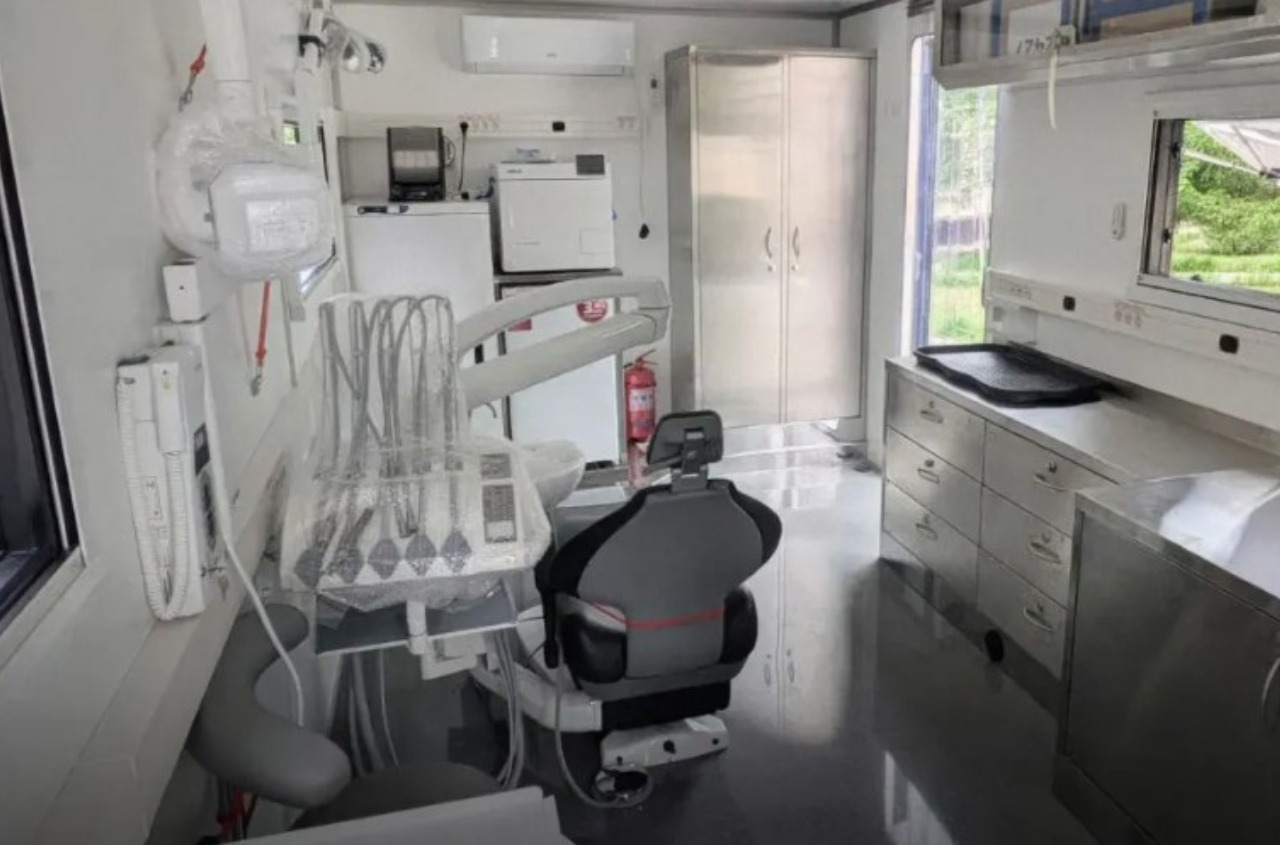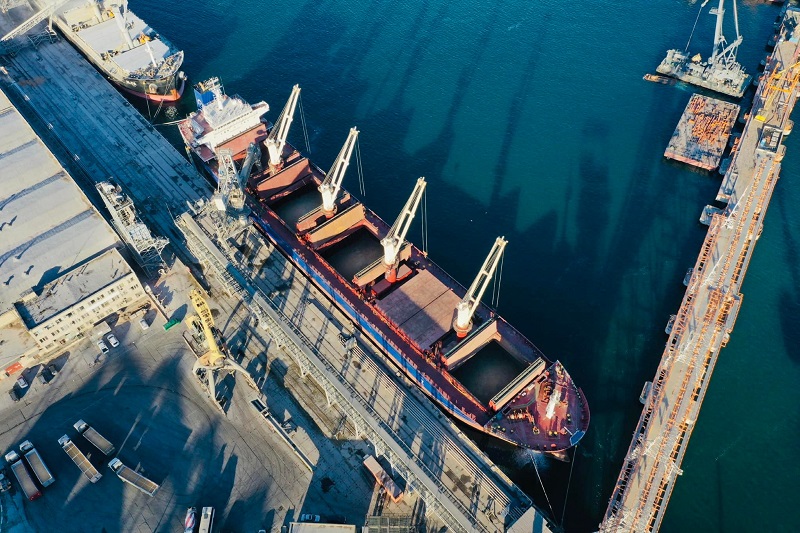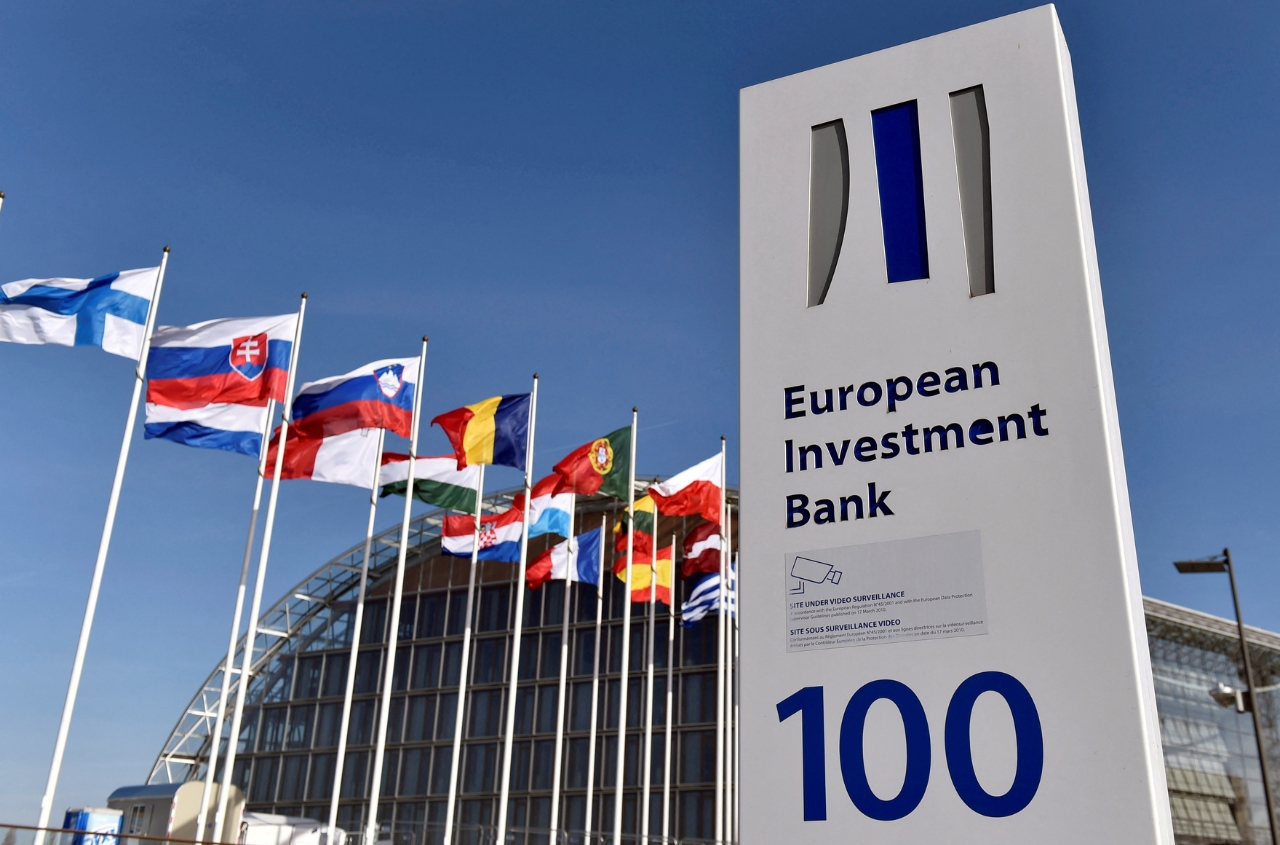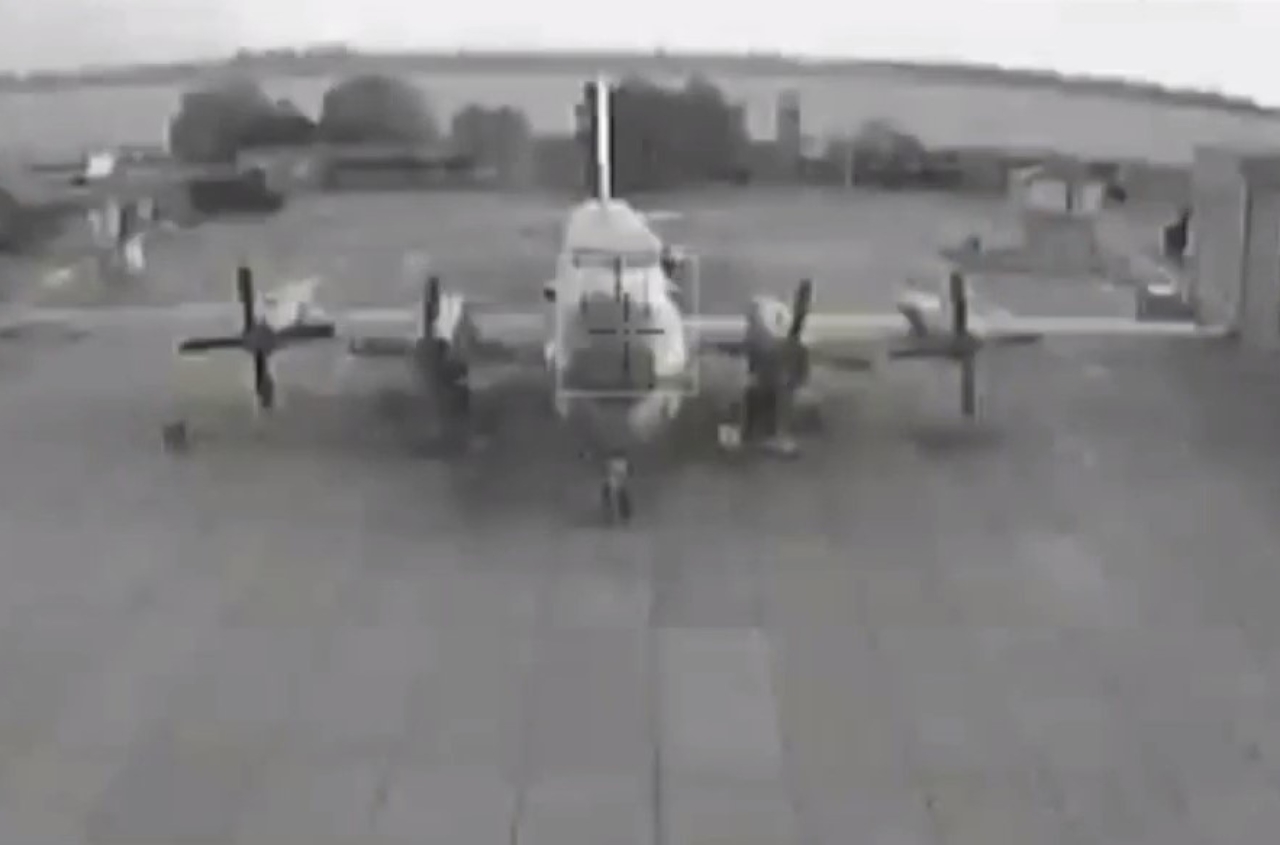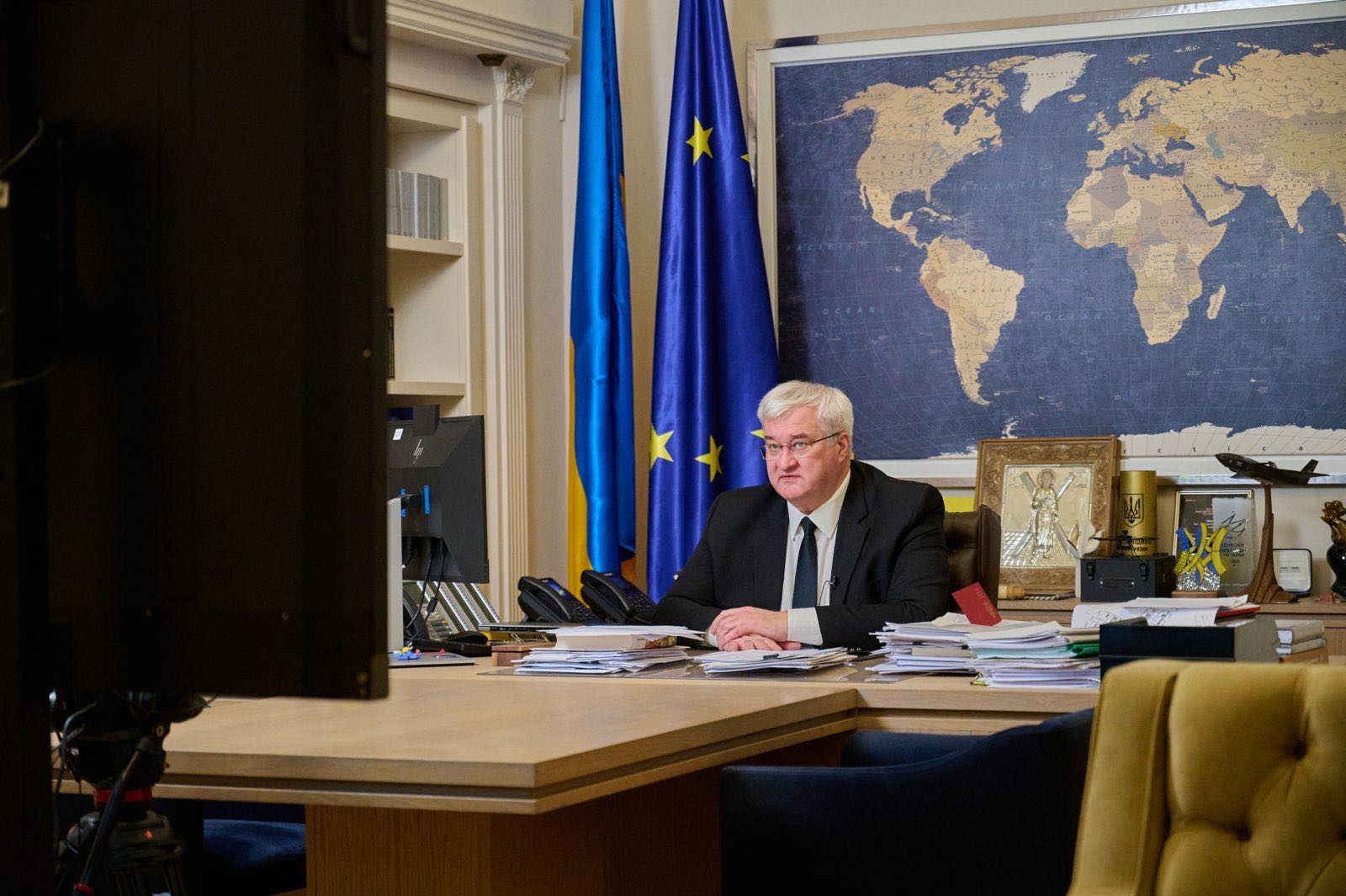Ukraine is stepping up efforts to modernize its transport and logistics infrastructure, with a focus on expanding the railway sector and aligning with European standards. Deputy Minister of Finance Oleksandr Kava met with leaders and members of the American Chamber of Commerce in Ukraine (ACC), alongside representatives of Ukrainian businesses, to discuss investment opportunities and collaboration on reconstruction projects.
Over the past five years, the Ukrainian government has purchased 166 modern domestically produced passenger carriages, which are already in use. In 2025, a contract was signed for an additional 100 carriages, scheduled for delivery in 2026. The 2026 budget also includes funding for another 100 carriages, totaling approximately 5.7 billion hryvnias, including Ukraine’s first modern double-decker passenger carriage.
Double-decker carriages, Kava explained, will dramatically increase efficiency.
“Maintenance costs for single- and double-decker carriages differ by about 10%, while the number of seats in a double-decker rises by almost 80%. This means operators can carry significantly more passengers at comparable costs. Future models will include both sleeper configurations for overnight routes and seating arrangements for daytime travel,” he said.
Integration with Europe’s transport network was also on the agenda. Ukraine is advancing its connection to the Trans-European Transport Network (TEN-T) and is already receiving EU co-financing, covering 50% of project costs through the Connecting Europe Facility (CEF) programme.
“This year, the government completed a 22-kilometer section of standard-gauge (1435 mm) railway from Chop to Uzhhorod. In 2026, work will begin on the line from the Polish border to Lviv. In the medium term, standard-gauge tracks are planned for Chernivtsi and Lutsk as well. Electrification of the Chop–Uzhhorod section is also underway and expected to be completed by summer 2026,” Kava said.
The discussion also touched on state support for the road sector in 2026. Despite the ongoing war and significant budget constraints, the government is maintaining its priority on defense and security needs while continuing to view the development of transport infrastructure as a key driver of economic recovery.















